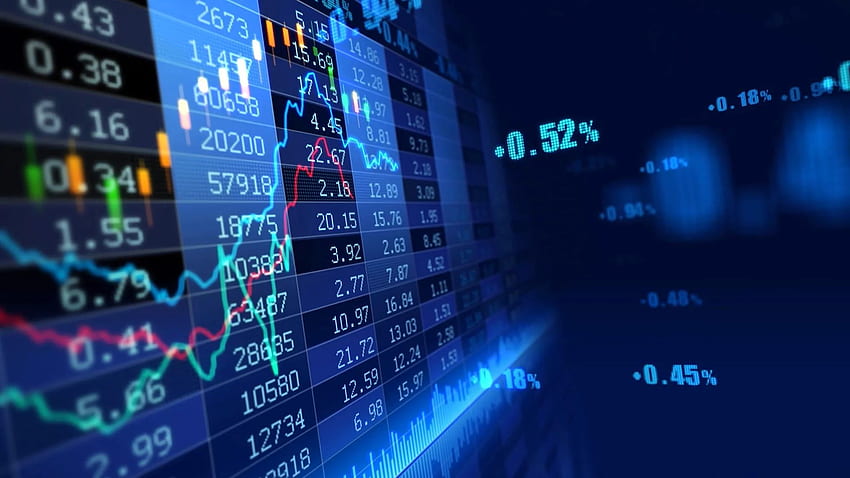CFD Trading, or Contract for Difference Trading, is an increasingly popular form of trading that allows you to speculate on the price of an underlying asset, without actually owning it. With this type of trading, the investor enters into an agreement with a broker to exchange the difference in value between the opening and closing prices of a Cfds contract. It’s a simple concept, yet it can be quite complex to navigate when getting started. In this blog post, we’ll explore the basics of CFD trading, including how it works, the pros and cons, risks, and how to get started with CFD trading.
How does CFD Trading work?
In CFD Trading, an investor purchases a contract for difference, which represents the value of an underlying asset, such as a stock, commodity, or currency. When the investor opens a position, they are essentially speculating on whether the value of the asset will rise or fall. If the value of the asset increases, the investor makes a profit, but if it decreases, they make a loss. The investor can choose to close their position at any time, and they will receive the difference between the opening and closing price of the CFD contract.
Pros and Cons of CFD Trading
One of the biggest advantages of CFD Trading is that it allows investors to benefit from the price movement of an asset without actually owning it. It also provides a high level of flexibility, with the ability to trade on a range of assets and use leverage to amplify profits. However, there are also risks involved, as losses can rapidly exceed initial deposits, and the use of leverage amplifies both profits and losses. It’s important to understand the risks involved and have a solid risk management strategy in place.
Risks of CFD Trading
CFD Trading can be a high-risk activity, as profits and losses can be magnified through the use of leverage. This means that losses can exceed initial deposits, potentially leading to a negative account balance. Other risks include price volatility, market fluctuations, and trading platform malfunctions. It’s important to have a solid understanding of the risks involved and to adopt a risk management strategy to mitigate any potential losses.
How to get started with CFD Trading
To get started with CFD trading, first, you’ll need to choose a reputable broker with a strong track record and a user-friendly trading platform. Next, you’ll need to choose the asset you want to trade, and decide whether to go long or short. Before you begin trading, it’s essential to have a solid understanding of the asset’s fundamentals, such as the market dynamics, trends, and volatility. Finally, it’s important to have a solid trading strategy in place, with a clear set of rules for entry and exit points.
Conclusion
CFD Trading is an increasingly popular form of trading that offers a high level of flexibility and the ability to trade on a range of assets. However, it’s important to understand the risks involved and to have a solid risk management strategy in place to mitigate any potential losses. By understanding the basics of what is cfds trading, including how it works, the pros and cons, risks, and how to get started, you can make informed decisions and potentially increase your trading profits.


